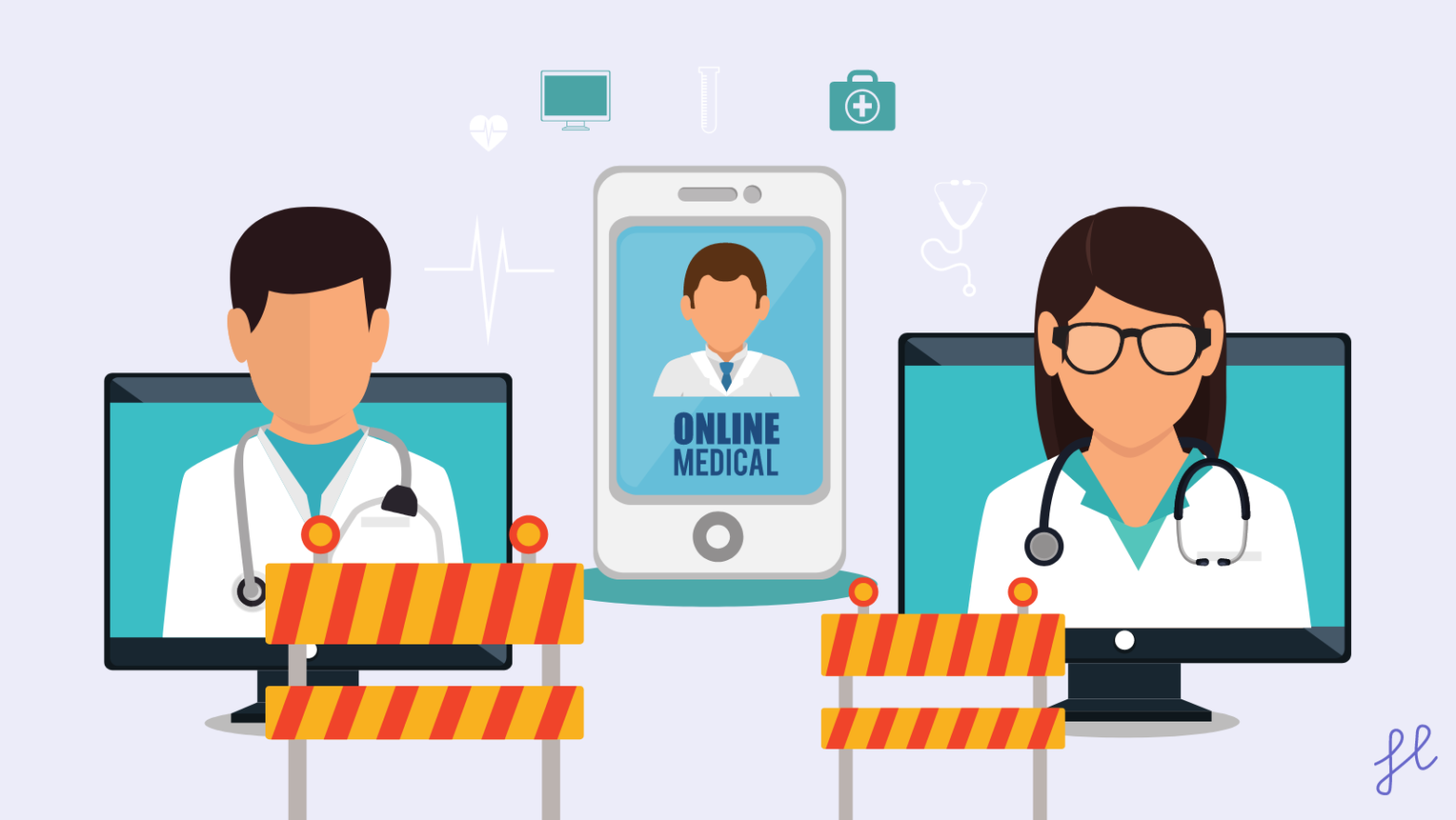Digital communications have the potential to assist in the development of a person-centered approach to care. This can be accomplished in a number of ways, including the enhancement of face-to-face interaction, the development and maintenance of relationships, the assistance in the early detection of problems, the saving of time, and many more.
Because technology is being integrated into every step of the healthcare process, the healthcare industry is in the midst of a true digital revolution.
There are many advantages that can come from using digital communications in health care for the patient, but what about the barriers to communication in healthcare that these organizations need to overcome in order to put it into practice?
Significance of digital communication in healthcare
Digital communication in healthcare makes distant communication between patients and doctors easier. It fosters patient-doctor rapport. It also helps patients engage in medical activities while receiving clinical treatment.
Health-conscious people are adopting digital communication to prevent illness. This has given patients additional options for finding the best doctor, hospital, and therapy.
Thus, digital communication empowers the general public to contribute to healthcare progress. However, there are some examples of communication barriers in healthcare that are listed below.
Examples of Communication barriers in healthcare
- Physical and environmental barriers.
a. Noise. Telehealth and healthcare often make noise. Patients may miss healthcare information due to poor phone and TV signals.
b. Wrong choice of medium. Patients with poor imaginations may struggle to read a lengthy prescription without comprehending how it affects their body.
c. Message design. Controlling patient perception is the hardest part of communication. Thus, proofread carefully and avoid jargon and difficult language.
- Physical or biological barriers. Alzheimer’s patients—how do you talk? Slowly. How do you talk to HIV/disabled patients? Teaching special-needs patients requires emotional control. Sometimes changing the communication format to match the patient’s health conditions is enough. It is important to choose the right perspective to convey sensitivity and empathy without offending listeners.
- Language barriers. Diversity brings more healthcare providers and enterprises into contact with multilingual patients. Such situations threaten communication. Language barriers impede communication. Patient communication language obstacles include misinterpretation, medical jargon, and multiple meanings of words in different contexts.
- Personal barriers. Personal and psychological differences may hinder patient-provider communication. Judgments, emotions, and social values cause them.
- Emotional barriers. Emotional obstacles are common in sexual and reproductive health patient education campaigns. Since pain prohibits them from doing activities, people may be afraid or frightened.
- Cultural barriers. Easterners are more reserved about sexual health than Westerners. Underdeveloped patients are more distrustful about treatment. Culture influences patient healthcare decisions. Cultural differences also affect how countries interpret symbols, colors, etc. To avoid controversy, communication managers must research about local cultures.
Conclusion
Hospitals and other medical facilities sometimes have a lot of barriers to communication in healthcare and effective health communication systems. Medical communication hurdles must be identified and solved because medical communication saves lives and prevents harm.
Barriers impede healthcare communication. Language, cultural, and health literacy barriers prevent communication as well. Healthcare professionals can communicate by detecting and preventing these hurdles.
Let us stay connected in our social media accounts for more healthcare discourse. Follow us on LinkedIn, Instagram, Twitter, Pinterest, Tiktok, and Facebook now!

Interesting